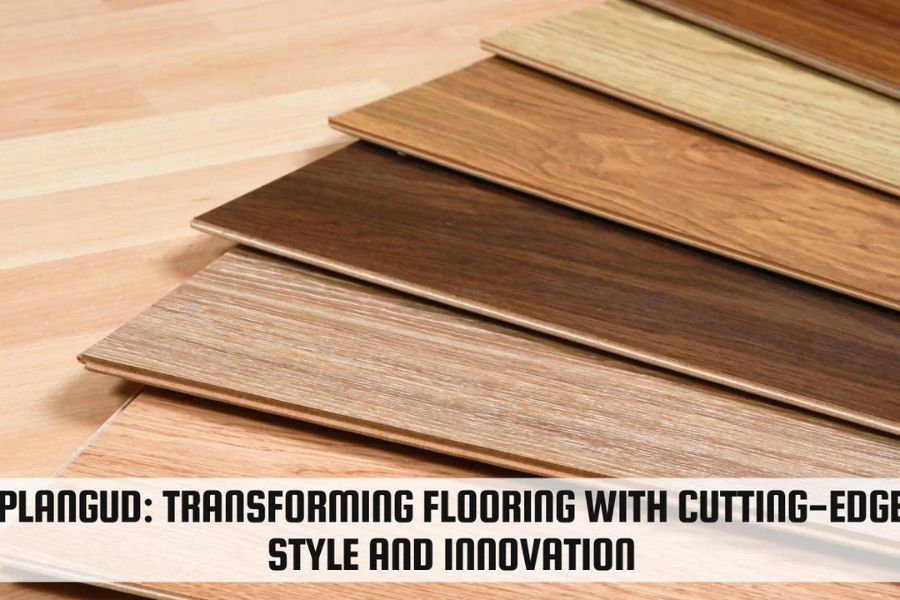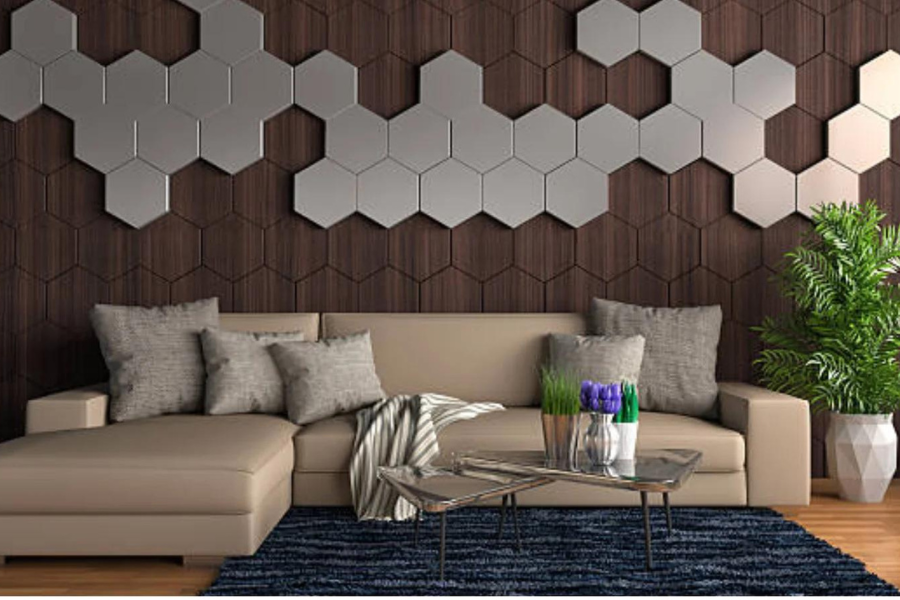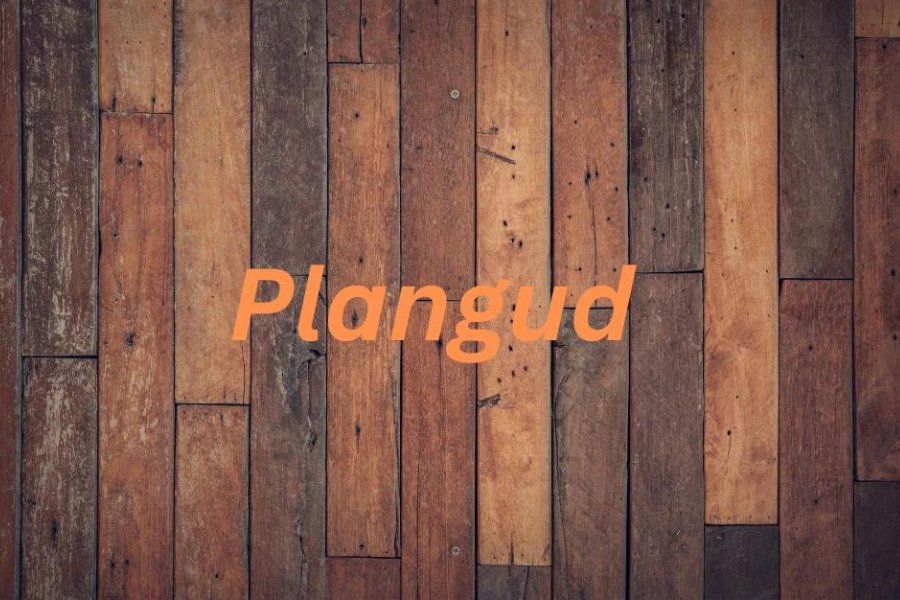Wooden planks, commonly referred to as plangud, are a cornerstone of construction and woodworking. These versatile materials come in various types, sizes, and finishes, making them essential for a wide range of applications. This guide will delve into the characteristics, types, uses, and benefits of plangud, providing you with a thorough understanding of their role in construction and design.
What are Plangud?
Plangud are flat, rectangular pieces of wood used extensively in construction, carpentry, and interior design. These planks can be crafted from various types of wood, including oak, ash, pine, and more. Each type of wood brings its unique properties to the planks, influencing their durability, appearance, and suitability for specific applications.
The quality, dimensions, and finish of plangud can vary significantly based on their intended use. For instance, planks used in structural applications might differ from those intended for decorative purposes. The versatility of plangud lies in their ability to be customized to meet specific needs, making them a popular choice for builders, designers, and craftsmen alike.
Types of Plangud
Dried Oak and Ash Planks
Dimensions:
Dried oak and ash planks are typically available in thicknesses ranging from 50 to 60 mm, with widths between 200 and 400 mm. Their lengths can extend up to 3000 mm, although custom sizes up to 800 mm in width can be ordered to meet specific requirements.
Quality Grades:
These planks are commonly available in AB and ABC grades. The AB grade indicates higher quality with fewer knots and imperfections, while the ABC grade may include more natural features, which can add character to the planks.
Applications:
Dried oak and ash planks are ideal for high-quality furniture, flooring, and decorative elements. Their durability and rich appearance make them a preferred choice for projects that require both strength and aesthetic appeal. Whether used in crafting elegant furniture pieces or as premium flooring, these planks offer long-lasting performance and beauty.
Hand-Hewn Planks
Craftsmanship:
Hand-hewn planks are crafted using traditional techniques that preserve their natural, rustic appearance. The manual processing of these planks ensures that each piece retains its unique texture and charm. This craftsmanship gives hand-hewn planks a distinctive look that sets them apart from machine-cut alternatives.
Dimensions:
These planks generally range in length from 1000 to 5000 mm and start from 100 mm in width. The variation in size allows for flexibility in design and application.
Applications:
Hand-hewn planks are perfect for creating unique interior design elements such as feature walls, rustic furniture, and decorative panels. Their natural, rugged texture adds a touch of authenticity and character to any space, making them a popular choice for designs that embrace a vintage or countryside aesthetic.
Untreated and Rough-Sawn Planks
Dimensions:
Typically, untreated and rough-sawn planks are available in thicknesses of 45 mm, with width options ranging from 150 to 300 mm. This variety allows for a range of uses, from robust construction to detailed woodworking.
Quality Grades:
These planks are often graded as AB, indicating that they are suitable for durable construction projects. They may have more visible knots and imperfections, which can add to their rustic appeal or be addressed through finishing processes.
Custom Finishing:
Options for planing and smoothing these planks are available upon request. This flexibility enables customization to meet specific project needs, whether for furniture, stairs, or window sills.
Applications:
Untreated and rough-sawn planks are used in robust construction projects and furniture making. Their rugged nature makes them ideal for applications where strength and durability are essential. Additionally, they can be finished or treated to achieve the desired look and functionality.
Applications of Plangud
Construction and Carpentry
In construction and carpentry, plangud are utilized for a variety of purposes due to their strength and versatility. They are commonly used in building frameworks, flooring, and custom furniture. The inherent durability of plangud makes them suitable for both structural and decorative roles. Their ability to be customized to fit specific dimensions and finishes adds to their appeal in construction projects.
Interior and Exterior Design
For interior design, plangud are used in wall paneling, feature walls, and custom furniture. Hand-hewn planks, with their rustic charm, are particularly popular for adding character to interiors. In exterior applications, plangud serve as cladding, decking, and outdoor furniture, offering a natural and weather-resistant finish. Their aesthetic versatility allows them to enhance both modern and traditional designs.
Furniture Making
Plangud are a top choice for furniture making due to their aesthetic appeal and robustness. From dining tables to bookshelves and bed frames, plangud provide a reliable and visually pleasing material. The ability to customize the size and finish of the planks ensures that each piece of furniture can be tailored to specific needs and preferences.
Benefits of Using Plangud
Durability
One of the key advantages of plangud, especially those made from hardwoods like oak and ash, is their durability. These planks can withstand heavy usage and resist wear and tear, making them a preferred choice for both structural and decorative applications. Their longevity ensures that they remain a valuable component in various projects.
Aesthetic Appeal
The natural beauty of wood adds warmth and elegance to any space. Plangud can be finished in numerous ways, from smooth, polished surfaces to rustic, hand-hewn textures. This versatility allows for creative freedom in design and decoration, enhancing the visual appeal of any project.
Versatility
The wide range of applications for plangud highlights their versatility. Whether used in construction, furniture making, or interior and exterior design, plangud offer functional and decorative benefits. Their adaptability makes them a valuable material for various projects, accommodating diverse design needs and preferences.
Sustainability
When sourced responsibly, wood is a renewable resource. Using plangud from sustainable sources helps reduce the environmental impact of construction and design projects. Wood also has a lower carbon footprint compared to other building materials such as concrete and steel, contributing to more sustainable practices.
Customization and Ordering
When purchasing plangud, it’s important to consider the specific requirements of your project. Many suppliers offer customization options, allowing you to order planks cut to your exact specifications. Bulk purchases often come with discounts, making it economical for larger projects. Additionally, ensuring that the wood is sourced from sustainable forests supports environmental conservation and responsible practices.
Conclusion
Plangud are a fundamental material in construction and woodworking, offering numerous benefits such as durability, aesthetic appeal, versatility, and sustainability. Understanding the different types and applications of plangud will help you make informed decisions for your projects. Whether you’re building a new structure, crafting furniture, or designing an interior space, plangud provide a reliable and attractive solution that stands the test of time.
This comprehensive guide highlights the importance and versatility of plangud, showcasing their role in both traditional and modern construction and design. By exploring the various types, benefits, and applications, you’ll gain a deeper appreciation for these essential wooden planks and their contribution to a wide range of projects.
Stay in the know with the latest news and updates on Sowixonline.com
